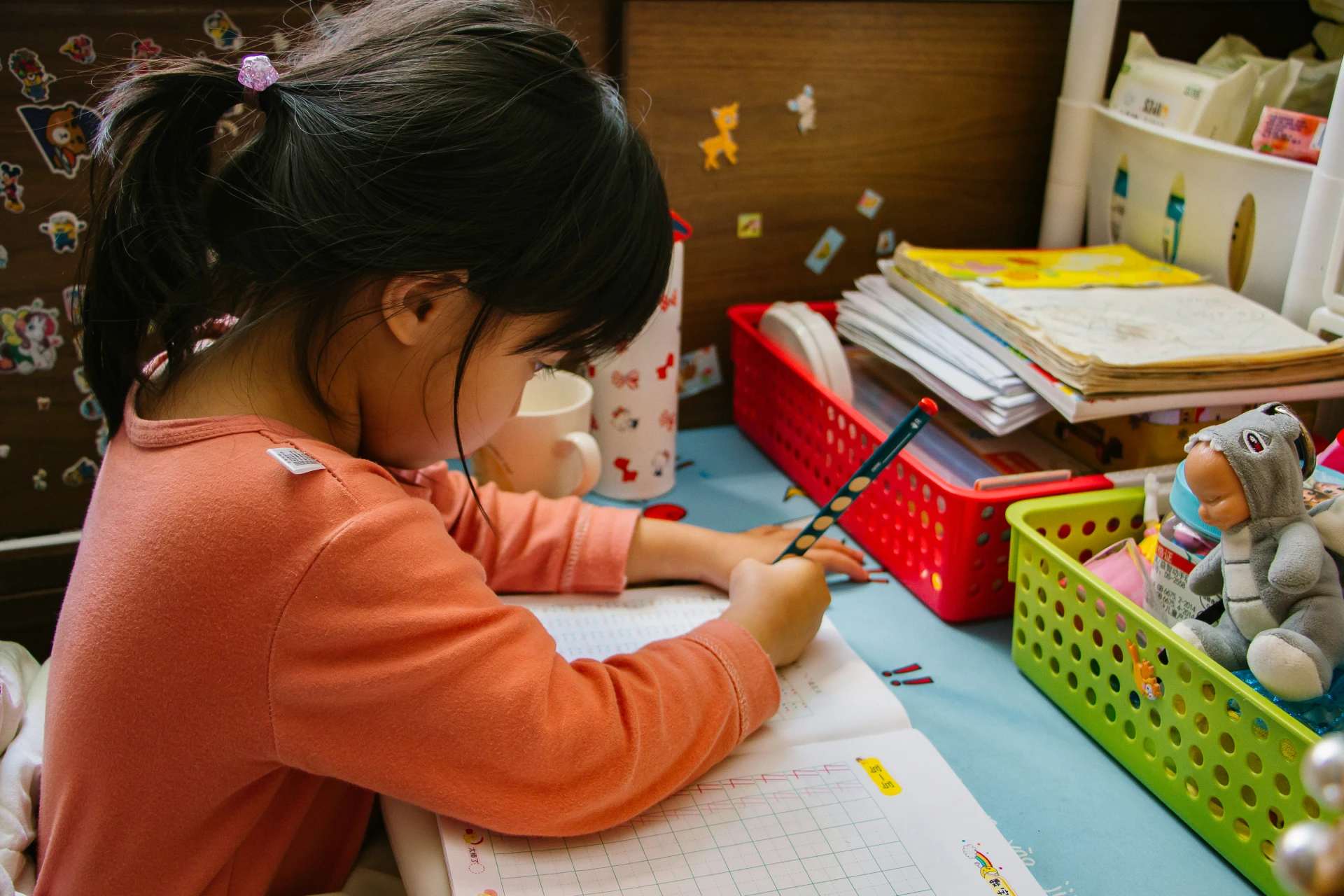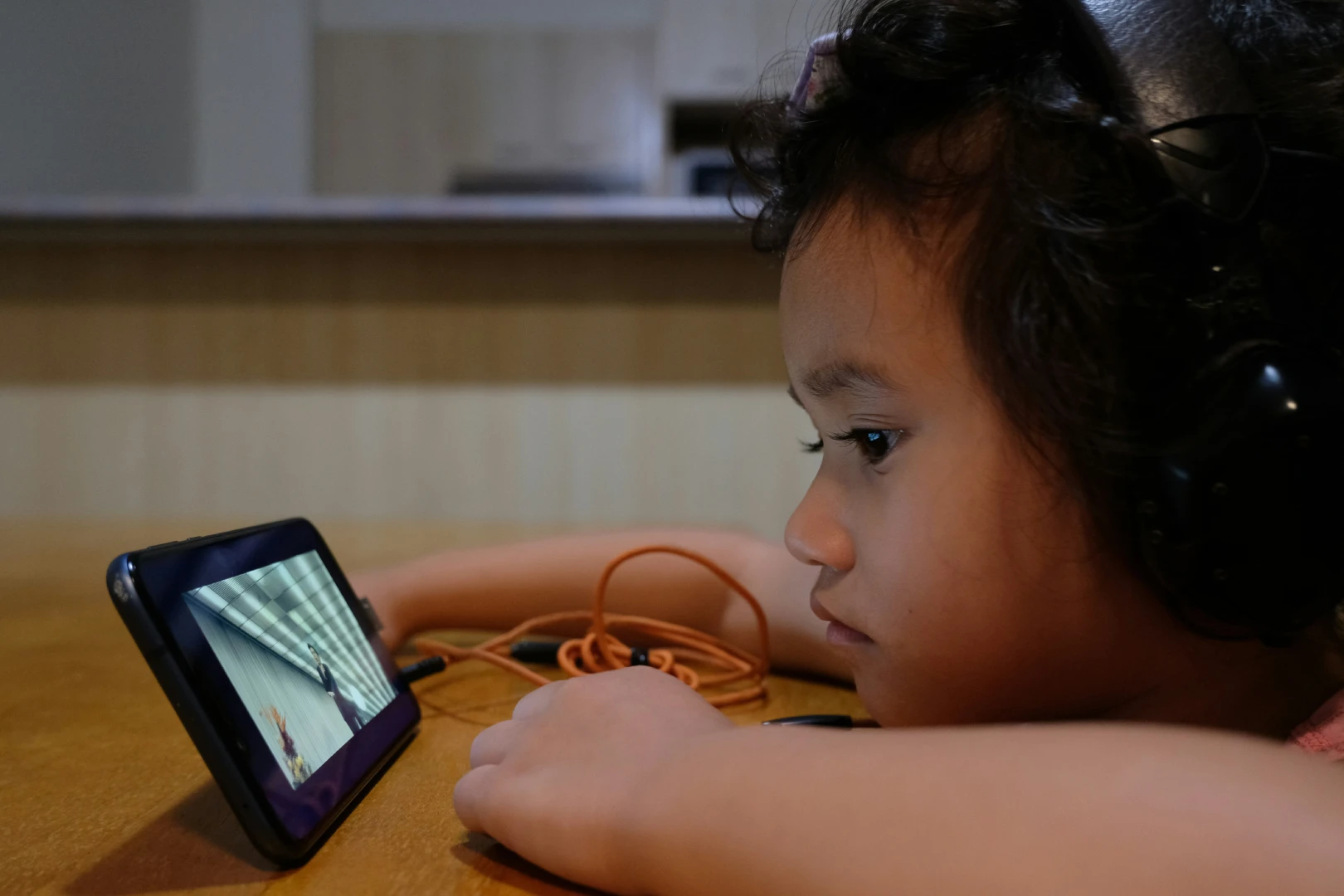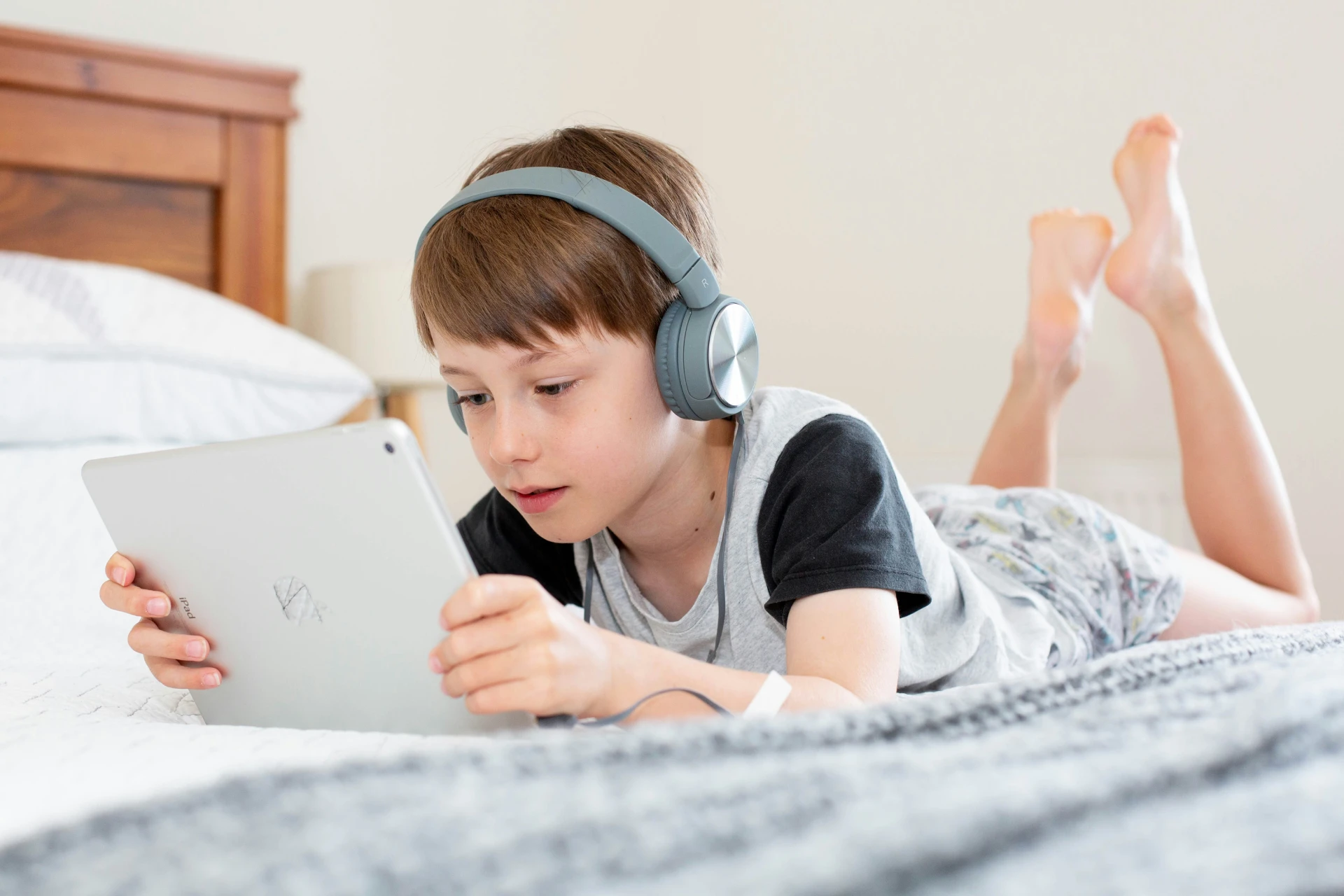The first day of kindergarten. It’s a milestone swirling with a mix of excitement, nostalgia, and, let’s be honest, a healthy dose of parental anxiety. As you picture your little one stepping into a classroom, a cascade of questions might flood your mind. Have I done enough? Are they prepared for this big new world? What if they fall behind?
You’re not alone in these feelings. In today’s world, the pressure on parents to ensure their children meet academic milestones can feel immense. The digital age, with its endless array of educational apps and screen time debates, adds another layer of complexity. It’s easy to feel overwhelmed, lost in a sea of conflicting advice and parenting philosophies.
But what if we told you that preparing your child for kindergarten isn’t about flashcards and drills? What if it’s about nurturing their natural curiosity and turning everyday moments into learning opportunities? At Funtiq, a mission-driven initiative from the non-profit organizations WeSavetheKids.org and the Visible Minority Radio & TV Network (VMRTN), we believe that the journey to kindergarten readiness should be a joyful one, for both you and your child.
This isn’t just another blog post designed to add to your parental stress. This is your friendly, down-to-earth guide, a comprehensive checklist of core skills your child will need to thrive in kindergarten. And, more importantly, we’ll show you how to cultivate these skills through play, transforming what might feel like a daunting task into a series of fun and engaging activities. We’ll even show you how our Funtiq app is designed to be your partner in this journey, providing a clear path to preparedness.
The “Why” Behind Kindergarten Readiness: More Than Just ABCs and 123s
Before we dive into the checklist, let’s reframe what “kindergarten readiness” truly means. It’s not about having a child who can already read and write on day one. Instead, it’s about nurturing a set of foundational skills that will allow them to learn and grow in a classroom environment.
Think of it like building a house. You wouldn’t start with the roof and windows; you’d begin with a solid foundation. Kindergarten readiness is that foundation. It encompasses a range of skills, from the academic to the social-emotional, that will empower your child to embrace the challenges and joys of school.
A child who is “ready” for kindergarten is a child who is curious, eager to learn, and has the basic tools to engage with their teachers and peers. They know how to listen, follow simple directions, and communicate their needs. They have a budding understanding of letters and numbers, but more importantly, they have a love for stories and a willingness to try new things.
So, take a deep breath. You’ve already been doing the most important work: loving, playing with, and talking to your child. This checklist is simply here to help you be more intentional in your play and to give you the confidence that you’re on the right track.
The Ultimate Kindergarten Readiness Checklist
We’ve broken down our checklist into three core areas: literacy, math, and critical thinking. For each skill, we’ll provide a simple explanation and then show you how Funtiq can help you build it.
Literacy Skills: The Building Blocks of Reading and Writing
Literacy is so much more than just knowing the alphabet. It’s about understanding that written words have meaning, that stories have a structure, and that language is a powerful tool for communication and connection.
- Print Motivation: This is all about fostering a love for books and reading. A child with strong print motivation is one who sees reading as a treat, not a chore.
- What to look for: Does your child enjoy looking at books on their own? Do they ask you to read to them? Do they get excited about a trip to the library?
- How Funtiq helps: Funtiq’s interactive storybooks are designed to be captivating, turning reading into an adventure. The engaging animations and sound effects make stories come alive, showing your child that books are a source of wonder and excitement.
- Print Awareness: This is the understanding that print is all around us and that it has a purpose. It also includes knowing how a book works (e.g., reading from left to right, turning pages one by one).
- What to look for: Does your child hold a book correctly and turn the pages? Do they point to words on a page or signs in the environment? Can they differentiate between pictures and text?
- How Funtiq helps: Many of Funtiq’s games involve following on-screen instructions and tapping on words and letters. This repeated exposure to print in a meaningful context helps children understand that those squiggly lines on the screen (and on the page) carry a message. You can find out more about fostering early literacy skills at The National Association for the Education of Young Children (NAEYC).
- Letter Knowledge: This is the ability to recognize and name the letters of the alphabet, in both uppercase and lowercase forms.
- What to look for: Can your child sing the alphabet song? Can they point to and name a few letters? Do they recognize the first letter of their own name?
- How Funtiq helps: Funtiq offers a variety of alphabet games that make learning letters fun. From tracing letters to matching uppercase and lowercase pairs, these activities provide the repetition and reinforcement children need to master the alphabet.
- Phonological Awareness: This is the ability to hear and play with the smaller sounds in words. It’s a critical pre-reading skill that includes rhyming, clapping out syllables, and identifying the beginning sounds of words.
- What to look for: Can your child identify words that rhyme (e.g., “cat” and “hat”)? Can they clap out the syllables in their name? Can they tell you what sound the word “ball” starts with?
- How Funtiq helps: Many of Funtiq’s songs and games are built around rhyme and rhythm. The app also includes activities that specifically target phonological awareness, such as sorting objects by their beginning sound or matching rhyming words.
- Narrative Skills: This is the ability to understand and retell stories. It’s a key skill for reading comprehension and for developing a child’s own storytelling abilities.
- What to look for: Can your child retell a simple story in their own words? Can they answer questions about a story you’ve just read? Can they predict what might happen next?
- How Funtiq helps: Funtiq’s interactive storybooks often include prompts and questions that encourage children to think about the story. The app also features games where children can create their own stories, choosing characters, settings, and plot points. This not only builds narrative skills but also fosters creativity and imagination.
- Early Writing Skills: This begins with scribbling and drawing and progresses to forming recognizable letters and writing their own name.
- What to look for: Does your child enjoy drawing and scribbling? Do they try to write their own name or other letters? Can they hold a crayon or pencil with a proper grip?
- How Funtiq helps: Funtiq’s tracing games are a fantastic way to build the fine motor skills needed for writing. The app provides guided practice in forming letters and shapes, making the process fun and rewarding.
Math Skills: Discovering the World of Numbers and Shapes
Math readiness isn’t about memorizing equations. It’s about developing a sense of numbers and an understanding of basic mathematical concepts. It’s about seeing math in the world around us, from counting the steps to the front door to sorting laundry by color.
- Number Recognition and Counting: This is the ability to recognize and name numbers, as well as to count objects accurately.
- What to look for: Can your child count from 1 to 10 (or higher)? Can they point to and name the numbers 1 through 5? Can they count a small group of objects, touching each one as they say the number?
- How Funtiq helps: Funtiq is packed with games that make counting fun. Whether it’s counting apples on a tree or fish in a pond, these activities provide engaging practice in number recognition and one-to-one correspondence.
- Understanding Shapes: This is the ability to identify and name basic shapes, such as circles, squares, and triangles.
- What to look for: Can your child point to a circle when you ask them to? Can they find all the squares in a picture? Can they sort objects by shape?
- How Funtiq helps: Funtiq’s shape-sorting games and puzzles are a great way to build this skill. The app also includes activities where children can use shapes to create pictures, fostering both shape recognition and creativity. For more ideas on teaching shapes, check out the resources from PBS Kids for Parents.
- Patterns: This is the ability to recognize, create, and extend patterns. It’s a foundational skill for more advanced mathematical thinking.
- What to look for: Can your child complete a simple A-B pattern (e.g., red, blue, red, blue)? Can they create their own patterns with blocks or beads?
- How Funtiq helps: Funtiq offers a variety of pattern games, from simple color patterns to more complex shape and sound patterns. These activities help children develop their logical reasoning skills and their ability to make predictions.
- Sorting and Classifying: This is the ability to group objects based on their attributes, such as size, color, or shape.
- What to look for: Can your child sort a pile of buttons by color? Can they group animals by where they live (e.g., farm animals, jungle animals)?
- How Funtiq helps: Funtiq’s sorting games challenge children to categorize objects in a variety of ways. These activities not only build math skills but also encourage children to pay attention to detail and to think about how things are alike and different.
- Basic Addition and Subtraction: This is the understanding that adding means “putting together” and subtracting means “taking away.”
- What to look for: If you have three cookies and you eat one, how many are left? If you have two cars and you get one more, how many do you have now?
- How Funtiq helps: Funtiq introduces these concepts in a simple and visual way. For example, a game might show five fish in a bowl and then have one swim away, asking the child how many are left. These activities provide a concrete foundation for understanding addition and subtraction.
Critical Thinking and Problem-Solving Skills: The Art of Thinking Like a Scientist
Critical thinking is the ability to analyze information, make connections, and solve problems. It’s about being a curious and active learner, someone who asks questions and seeks out answers. These skills are essential not just for school, but for life.
- Making Predictions: This is the ability to guess what might happen next based on what you already know.
- What to look for: When you’re reading a story, does your child ever guess what might happen on the next page? When they’re building a tower, do they think about what will happen if they put a big block on top of a small one?
- How Funtiq helps: Funtiq’s interactive stories and games are full of opportunities for prediction. The app might pause the story and ask, “What do you think will happen next?” or present a puzzle that requires the child to think ahead.
- Asking Questions: This is a sign of a curious and engaged mind. Children who ask questions are actively trying to make sense of the world around them.
- What to look for: Does your child ask “why?” a lot? Do they ask questions to get more information or to clarify something they don’t understand?
- How Funtiq helps: Funtiq is designed to spark curiosity. The app’s open-ended play activities and surprising animations encourage children to wonder and to ask questions. You can learn more about fostering curiosity from Harvard University’s Center on the Developing Child.
- Solving Problems: This is the ability to figure out how to do something or how to overcome a challenge.
- What to look for: When your child is faced with a problem, do they try different solutions? Do they ask for help when they need it?
- How Funtiq helps: Funtiq’s puzzles and brain teasers are all about problem-solving. The app provides a safe space for children to experiment, to make mistakes, and to try again. This builds not only their problem-solving skills but also their resilience and perseverance.
- Thinking Flexibly: This is the ability to see things from different perspectives and to adapt to new situations.
- What to look for: Can your child accept that there might be more than one way to do something? Can they switch from one activity to another without getting upset?
- How Funtiq helps: Funtiq’s open-ended play activities, like the building blocks game, encourage flexible thinking. There’s no right or wrong way to play, so children are free to explore different possibilities and to come up with their own unique creations.
Beyond the Checklist: The Importance of Social-Emotional and Motor Skills
While our checklist focuses on the core academic skills, it’s important to remember that kindergarten readiness is a holistic concept. Social-emotional skills and motor skills are also crucial for a successful transition to school.
- Social-Emotional Skills: These include the ability to share, take turns, follow directions, and manage emotions. These skills are the foundation for building positive relationships with teachers and peers. You can find excellent resources on this topic from the Collaborative for Academic, Social, and Emotional Learning (CASEL).
- Motor Skills: These include both fine motor skills (like holding a pencil and using scissors) and gross motor skills (like running, jumping, and climbing). These skills are essential for everything from writing their name to playing on the playground.
Funtiq is designed to support the development of these skills as well. Our games encourage turn-taking and sharing, and our tracing and drawing activities help build fine motor skills. But we also believe that the best way to build these skills is through real-world play and interaction. Our Parent Dashboard is designed to give you insights into your child’s learning and to suggest offline activities that will help you build on the skills they’re learning in the app.
A Non-Profit’s Perspective: Our Commitment to Your Child’s Future
At Funtiq, we’re not just another app company. We’re a team of parents, educators, and child development experts who are passionate about using technology for good. As a non-profit initiative, our goal isn’t to maximize profits; it’s to maximize the potential of every child.
We believe that every child deserves access to high-quality educational resources, regardless of their background or circumstances. That’s why we’re committed to creating an app that is not only fun and engaging but also safe, ad-free, and accessible.
We know that you are your child’s first and most important teacher. Our role is simply to be your partner in this journey, to provide you with the tools and resources you need to support your child’s learning and to give you the peace of mind that comes with knowing you’re on the right track. You can learn more about our mission and our parent organizations, WeSavetheKids.org and the Visible Minority Radio & TV Network (VMRTN), on their respective websites.
Conclusion: You’ve Got This!
The journey to kindergarten is a marathon, not a sprint. It’s a series of small, everyday moments that, when woven together, create a rich tapestry of learning and growth.
So, put away the flashcards and the worksheets. Instead, focus on connection and play. Read stories together, sing songs, build with blocks, and ask lots of questions. And when you do choose to use screen time, make it count. Choose an app like Funtiq that is designed to be a partner in your parenting journey, an app that will help you turn guilt time into growth time.
You are your child’s biggest cheerleader and their most important guide. Trust your instincts, embrace the joy of learning alongside your child, and know that you are giving them the very best start on their educational journey. You’ve got this.


